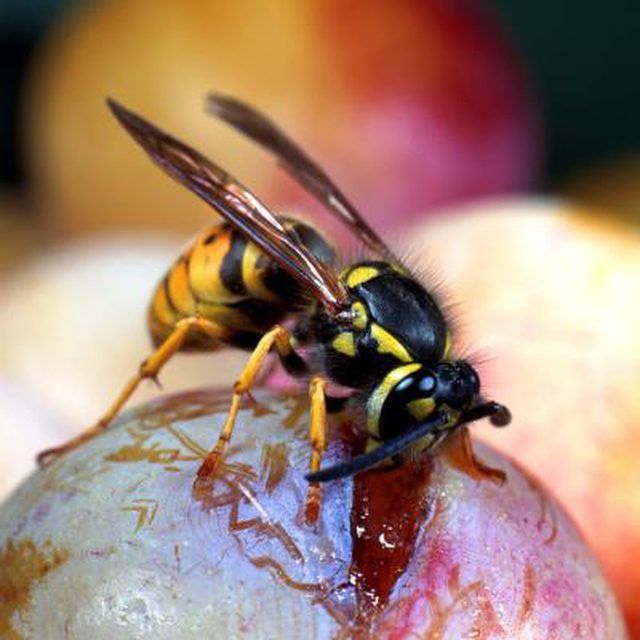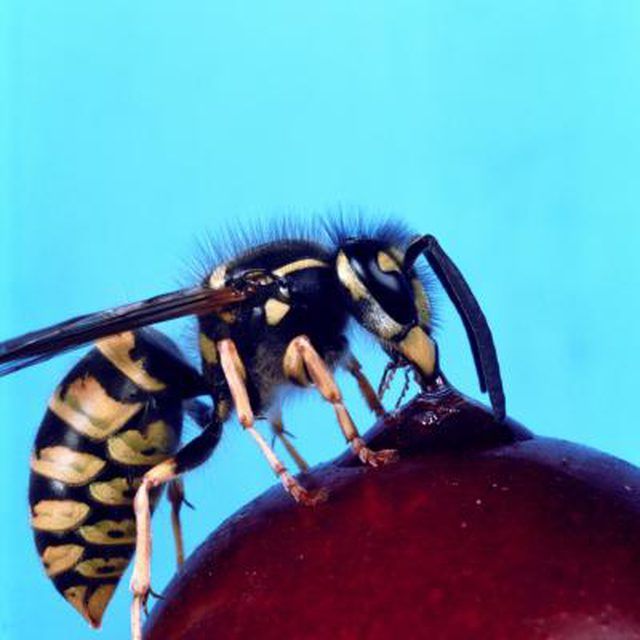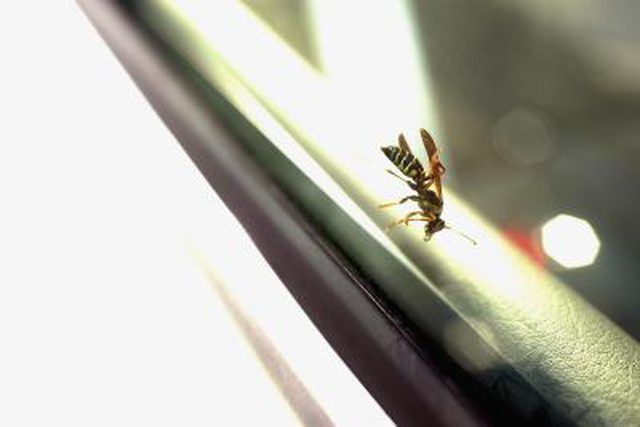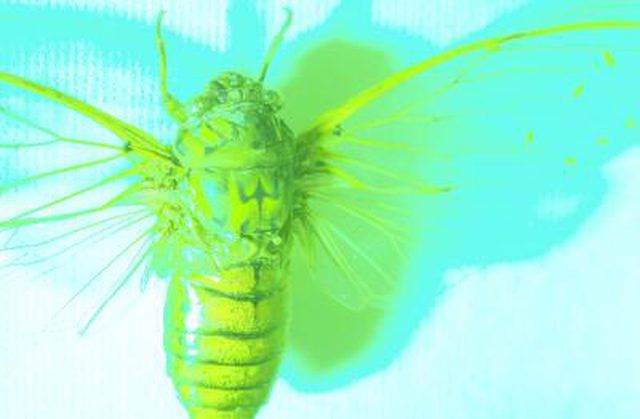Bulbs
Flower Basics
Flower Beds & Specialty Gardens
Flower Garden
Garden Furniture
Garden Gnomes
Garden Seeds
Garden Sheds
Garden Statues
Garden Tools & Supplies
Gardening Basics
Green & Organic
Groundcovers & Vines
Growing Annuals
Growing Basil
Growing Beans
Growing Berries
Growing Blueberries
Growing Cactus
Growing Corn
Growing Cotton
Growing Edibles
Growing Flowers
Growing Garlic
Growing Grapes
Growing Grass
Growing Herbs
Growing Jasmine
Growing Mint
Growing Mushrooms
Orchids
Growing Peanuts
Growing Perennials
Growing Plants
Growing Rosemary
Growing Roses
Growing Strawberries
Growing Sunflowers
Growing Thyme
Growing Tomatoes
Growing Tulips
Growing Vegetables
Herb Basics
Herb Garden
Indoor Growing
Landscaping Basics
Landscaping Patios
Landscaping Plants
Landscaping Shrubs
Landscaping Trees
Landscaping Walks & Pathways
Lawn Basics
Lawn Maintenance
Lawn Mowers
Lawn Ornaments
Lawn Planting
Lawn Tools
Outdoor Growing
Overall Landscape Planning
Pests, Weeds & Problems
Plant Basics
Rock Garden
Rose Garden
Shrubs
Soil
Specialty Gardens
Trees
Vegetable Garden
Yard Maintenance
Home Remedies for Killing Wasps
Home Remedies for Killing Wasps. Of all the flying insects that are capable of inflicting a sting, wasps are among the most treacherous. Admittedly, they have their position in the natural order of things and help to reduce the population garden pests like aphids and beetles, but they stand alone as venomous insects that can sting you repeatedly....

Of all the flying insects that are capable of inflicting a sting, wasps are among the most treacherous. Admittedly, they have their position in the natural order of things and help to reduce the population garden pests like aphids and beetles, but they stand alone as venomous insects that can sting you repeatedly. This is because their stinger is smooth, like a hypodermic needle, rather than barbed like the stinger of a bee. This means, when a bee stings you, it cannot pull the stinger back out, but a wasp can and will. This poses a potential threat to anyone in the vicinity, particularly those who happen to be allergic. It is sensible to want to be rid of wasps that are lingering around your residence and there are a number of home remedies you can use to accomplish the task.
Traps
You can make a simple, effective and inexpensive wasp trap from an empty 2 liter soda bottle. Remove the lid from the bottle and cut the top off, removing the portion of the bottle that extends above the label. Then, invert the bottle top and insert it into the bottom portion of the bottle, creating a channel to direct the flow of wasp traffic. Secure the funnel inside the bottle with tape and the bait of your choice, ensuring the lure does not reach the opening of the funnel. Coat the sides of the funnel with petroleum jelly and set your traps outside. Make enough traps to place 1 every 10 feet around the perimeter of the area you'd like to remain wasp free. Every 2 to 3 days, check the trap for wasps. If the trap has been working, you'll need to remove the dead insects and replace the bait.

Baits
There are a number of things that can be used to attract wasps once your trap is built. They tend to favor sweet, syrupy liquids, such as soda, lemonade or sugar water. Using sugar baits will draw the wasps into the funnel, but once they have entered, the sugar will coat their wings and, unable to fly out, they will drown in the bait. Alternatively, you can choose a meat bait. Tie a bit of liver to a string and lower it into the trap. Use a dowel rod to keep the meat suspended over a solution of soapy water. The insects will be drawn to the meat and after taking their fill, will be too heavy to fly away. Then they will fall into the water where the detergent will coat their wings, rendering them completely useless.

Sprays
If you prefer a more direct approach, or if you only have the occasional wasp, you can make your own wasp spray. Fill a squirt gun or a spray bottle with a detergent and water or combine 2 tbsp. of unscented baby shampoo and 1 tbsp. of peppermint essential oil with 2 cups of water and spray the wasps whenever you see them. For a multifunctional approach, grab a can of the cheapest superhold hairspray you can find. A few blasts of hair glue will cause their wings to stick together, making them easy to squish. If there are no wasps in the immediate area, the hairspray can be used for a number of other things, such as removing pet hair from furniture.

Hanging Nests
If you have an entire nest hanging from your rafters, do not attempt to destroy it by spraying it. Wait until sunset, so all the wasps are in for the evening. Position a grill directly beneath the nest and build a small fire. Be sure to add leaves or yard debris to your fire periodically as it is the smoke that will kill the wasps. As the smoke enters the nest, the wasps will suffocate and die. Be sure to wear heavy clothing when attempting nest removal, as a small number of wasps will flee the nest during this procedure.

Buried Nests
If you stumble upon a wasp's nest that is buried underground, you may have use fuel to get rid of them. Again, wait until nightfall to approach the nest and be sure to wear heavy clothing, just in case. Bring a can of kerosene, a large bucket, a wet blanket or several wet towels, and a few bricks or heavy rocks. Dispense the kerosene directly into the entrance of the nest. Quickly cover the nest with the blanket. Invert the bucket over the blanket and weight it down with the bricks. Leave the bucket covering the blanket and the nest for approximately two weeks. The kerosene vapors should kill all the wasps, but it is best to err on the side of caution.
